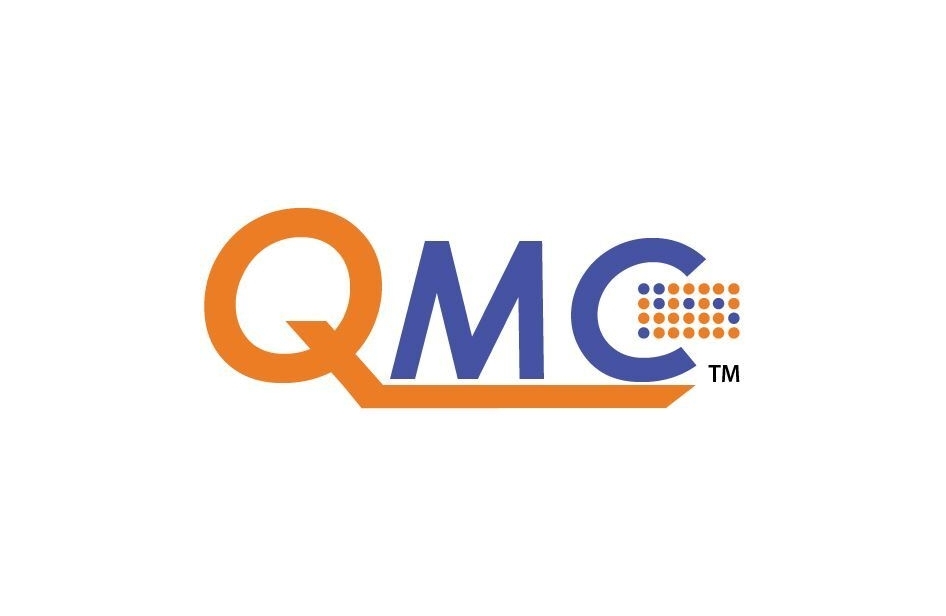Pentek, Inc., NeXtRAD is a dual-band, dual-polarization, multistatic radar system under development at the University of Cape Town (UCT) in collaboration with University College London (UCL). The primary mission of the system is to collect multistatic data of small radar cross-section maritime targets embedded in sea clutter.
NeXtRAD is a multi-sensor network comprised of three stations (or nodes) separated by several hundred meters, all focusing on a common target area. The system requires a usable bandwidth of 50 MHz to achieve a range resolution of three meters. Each node has dual-polarized L- and X-band antennas (IEEE definition) with a 10-degree beamwidth.
This arrangement effectively forms a pair of bistatic radars in combination with a monostatic radar, which means that target data can be simultaneously acquired from three perspectives. This topology has advantages over single-sensor radars. NeXtRAD is a more capable version of NetRAD, a single-frequency multistatic radar developed by UCT and UCL.
“Pentek’s Cobalt® Model 71621 was selected as the SDR interface because it is well suited to the radar’s requirements, providing three A/D converters and a dual-channel 800 MHz D/A converter,” said Mr. Dane du Plessis, member of the system integration team for NeXtRAD.
Initial Testing and Results: NeXtRAD requires that waveform generation and digitization be fully coherent at each node. To achieve coherency, each node is supplied a very stable 10 MHz reference signal from a local GPS-disciplined oscillator (GPSDO), which is distributed via a frequency distribution unit (FDU) to the Cobalt module and to the receiver exciter (REX). This ensures that there is no phase drift between oscillators in a given node and that the relative phase of oscillators between any two nodes is constant.
The controller software for the Cobalt module was developed using Pentek’s ReadyFlow® software libraries, in conjunction with an arbitrary waveform generator, spectrum analyzer and an oscilloscope. The digitization and waveform generation chains were developed and tested in separate controller programs before fusing these programs into a working source. A simple IF loop-back test, using one of the D/A output channels and a signal splitter, was used for development of digital transceiver before introducing the REX and other subsystems.
The hardware testing configuration, including a frequency distribution unit (FDU), the timing control unit (TCU), the Cobalt module and the receiver exciter (REX), was used to test a low-power bench-top prototype of the active node, using an AWG to supply a rising-edge trigger to the Cobalt module, and signal generators to supply synchronized reference signals to the REX and the Cobalt module.
Using this system, it was possible to detect moving targets by their Doppler shift at close range, such as a moving human target at approximately 75 meters from the transmitter, using a 500 nanosecond pulse with 50 MHz of bandwidth.
Passive nodes are essentially identical to the active node, except the transmitters are not needed. Using virtually the same controlling software for the Cobalt module in the active node, passive nodes can record waveforms at precisely the same moment as in the active node.
“The initial testing of the Cobalt module in the active node demonstrated that the Pentek Model 71621 was well-suited to a pulse-Doppler radar application. With the required additional hardware, the passive nodes can be introduced to the network with minor alterations to code for the active node’s digital transceiver. Overall, the Cobalt module met our requirements for phase stability and bandwidth and it was easily integrated with the existing receiver exciter for the active node,” concluded Mr. Dane du Plessis.
For additional details, go to: pentek.com/pipeline/26_2/pipeline26_2.cfm?HID2=[…]
About Pentek: Pentek, an ISO 9001:2008 certified company, designs, manufactures and markets innovative COTS and rugged DSP boards and system recorders for commercial, government and military systems, including radar, communications, medical and industrial control applications. Pentek offers powerful VPX, VXS, FMC, XMC, cPCI, PCIe and AMC boards for data acquisition, software radio and digital signal processing featuring Xilinx FPGAs. Pentek’s high-speed real-time recording systems are pre-configured and can be used in the lab or deployed in the field. Pentek equips all boards and recorder products with high-performance I/O including gigabit serial interfaces, powerful software development tools and offers strong DSP software support.
###
For access to the release and data sheets, please visit: www.pentek.com/whatsnew/viewrelease.cfm?index=2[…]
For North American and International sales contacts, please go to:
www.pentek.com/contact/contact.cfm?HID2=TMReps#[…]
Pentek and SystemFlow are trademarks or registered trademarks of Pentek, Inc. Brand or product names are registered trademarks or trademarks of their respective holders.






